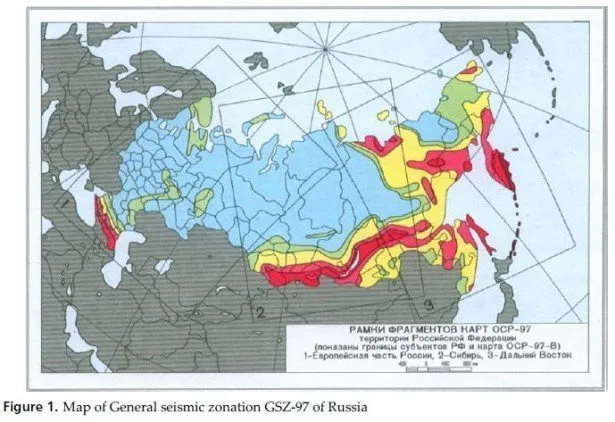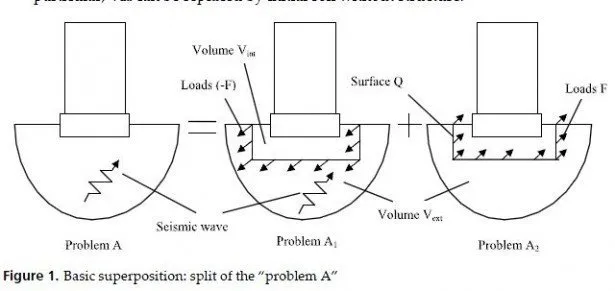In the KESR model, three categories are sought out to specify the failure risk of each embankment during a designated seismic event. A category for each bridge embankment along I-24 in western Kentucky is assigned. The assigned category is based on the three ranking parameters: the (C/D)min. ratio, the embankment displacement, and the liquefaction potential. Definition of the three categories (A, B, and C) is provided in Table 3. All 127 bridge embankments along I-24 in western Kentucky were analyzed using the procedures provided in the flowchart of Figure 6. The yield factor, (C/D)min. ratio, displacement, and liquefaction potential for each embankment are identified, and a seismic embankment category is assigned. Further prioritization within each category was carried out based on the significance of the three ranking parameters. The embankments are ranked starting from the one with the highest seismic risk. For instance, a bridge embankment in category A with a ranking of A1 is more susceptible to damage than a bridge embankment with a ranking of A2 or A3. The same also applies for categories B and C. The ranking comprises a priority list that will be provided to senior state engineers, who may utilize its information to take appropriate actions. Based on the priority list, accurate soil data for those embankments with the highest risk may be needed in order to accurately identify their risk.
Due to its immense size, the full listing of the 127-embankment ranking and prioritization is not presented. However, a sample ranking and prioritization list for all embankments in McCracken County is presented for the 250-year seismic event (Table 7). Some of the embankments, which are in Category B during the 50-year seismic event, fall in Category A during the 250-year seismic event. For instance, the analysis of Bridge # 73-0024-B00118 in McCracken County to resist the 50-year seismic event results in a displacement of 4.6 centimeters (1.8 inches), and thus falls in category B. The analysis for the same bridge to resist the 250-year seismic event results in a displacement of 27.3 centimeters (10.7 inches) and thus is considered to fall in Category A. None of the embankments in McCracken County fall within category C since the assigned PGA for McCracken County is the highest among all counties along I-24 in western Kentucky, in addition to the associated liquefaction potential. This is not the case for Christian, Lyon, Trigg, and Caldwell counties.

One complete example of the calculation procedures to identify the seismic risk of a bridge
embankment in McCracken County is provided in Zatar and Harik [16]. Similar procedures
are followed in order to identify the seismic risk of all the 127 bridge embankments in all
seven counties along I-24 in western Kentucky. Full details and results of the ranking and
prioritization of the bridges along I-24 in western Kentucky are provided in the Kentucky
Transportation report [11].



